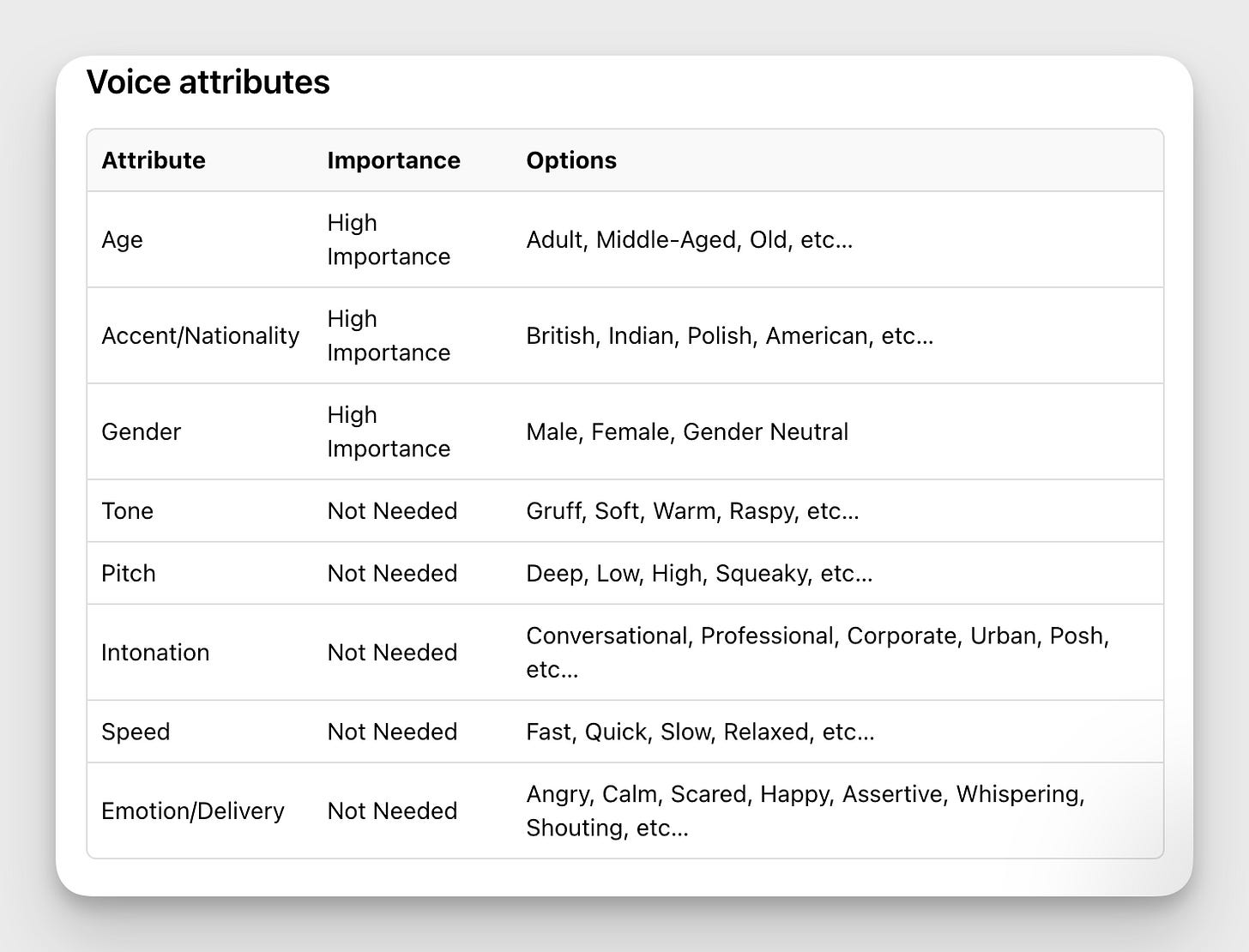[Shorts Studio] #11 How To Clone Your Voice With ElevenLabs
If you’re creating faceless Shorts, or just want to save time recording your own voice, then voiceover becomes the backbone of your content.
And ElevenLabs is the most natural-sounding AI voice tool available right now.
In this lesson, you’ll learn:
How to generate voiceovers using 3 different methods
What makes an AI voiceover actually sound good
And how to use it in your Shorts workflow
Let’s start with the basics.
What Is ElevenLabs?
ElevenLabs is an AI tool that turns written text into human-like voiceovers.
You give it a script. It reads it aloud.
But unlike most text-to-speech tools, it doesn’t sound robotic. It can sound relaxed, excited, thoughtful—even sarcastic. The difference is in the tone, pacing, and emotion.
And when used well, the output feels like a real human.
Why Use A Voiceover?
A good voiceover can:
Make your short feel more premium
Deliver tone (which text on screen alone can’t do)
Free you from needing to be on mic or camera
And you don’t have to hire a voice actor, rent a mic, or spend hours editing audio.
But ultimately a good “voice” keeps your viewer engaged.

 Tiktok failed to load.
Tiktok failed to load.Enable 3rd party cookies or use another browser
Who Is ElevenLabs Best For?
You’ll get the most value out of ElevenLabs if:
You’re making faceless content
You want to sound more polished without recording yourself
You want to create a “voice” for your channel that’s consistent across videos
You want to create videos in different languages
You want to move faster without sacrificing quality
If you're already writing scripts, ElevenLabs makes it easy to scale.
3 Ways To Create Voiceovers With ElevenLabs
There are three ways to generate a voiceover using ElevenLabs.
Way #1: Use A Voice From The Library
This is the fastest path.
ElevenLabs has a Voice Library with thousands of community-made voices. Many are clones or custom creations, and you can preview before using.
Some of the most popular, default voices include:
Rachelle—neutral American female, often used for explainer content
Mark—male voice, good for conversational writing
Dakota H—female, clean, natural
There are hundreds of voices to choose from.
I recommend spending 15 minutes browsing the voice library. Filter on your preferences. Pick one that fits the tone of your video or just a voice that sounds good to you.
You can always switch voices later.
Pro tip: search using a sample of your voice to match your style and tone.
Way #2: Design Your Voice With An AI Prompt
If you want something specific, you can use the Voice Design tool.
You describe the voice in plain language, and ElevenLabs generates a few options.
Example prompt:
“Young American female. Casual tone. Slightly upbeat and friendly, but not over-the-top.”
You can also specify accent, age, emotion, speed, pitch, and more.
Preview a sample, tweak if needed, and save the one you like.
Way #3: Clone Your Own Voice
This is useful if you want your Shorts to sound like you—but you don’t want to record every time.
Here’s how it works:
Upload a 1–5 minute sample of your voice (must be clean and clear)
ElevenLabs trains a model that mimics your tone, cadence, and speech patterns
You can now generate scripts in your own voice
Cloning works best when your sample includes natural speech. Try to record yourself speaking normally.
How To Use Your Voice With ElevenLabs (Text to Speech Tool)
Once you’ve written your script and picked your voice, generating the audio is simple.
Here’s how to do it step by step:
Go to the “Text to Speech” tab This is where you generate your audio from a written script.
Paste your script into the editor Make sure your text includes punctuation, line breaks, or any emphasis markers you want the voice to pick up on. (See the next section for a few tips.)
Choose your voice Select from your custom voice, cloned voice, or one of the voices from the ElevenLabs library. You can preview each voice before generating.
Click “Generate” ElevenLabs will read your script and produce a voiceover. This usually takes just a few seconds.
Listen—and tweak If something sounds off, edit the script and try again.
That’s it.
You’ll probably do a few rounds of tweaking before it sounds just right.
But once you're happy with it, download the audio file from ElevenLabs and drop it into your video editor (CapCut, Descript, Hedra, Final Cut, etc.)
Done. That’s your voiceover.
What Makes An AI Voiceover Sound Good?
Here’s where most creators mess up.
They think the tool does all the work. So, they write a clean, polished script and expect the AI to deliver it with the timing, tone, and personality of a real person. But that’s not how it works.
A great voiceover is 50% the voice…and 50% the script.
If you want your video to sound like a polished audiobook, fine—ElevenLabs can do that straight out of the box. But if you want it to sound like a real person, you need to intentionally add a little friction..Real people pause. Emphasize the wrong word. Trail off mid-thought. Say the same thing twice, use short sentences, interrupt themselves, and speak with emotion.
There are a few techniques that help:
Writing how you speak
Using punctuation to create rhythm and breaks
Guiding tone through context or dialogue-style cues
Playing with ALL CAPS to emphasize key moments
Using AI to “unpolish” your script
We’ll cover each one in a second.
Or, if you want to skip ahead for the prompts:
Keep reading with a 7-day free trial
Subscribe to Write With AI to keep reading this post and get 7 days of free access to the full post archives.






